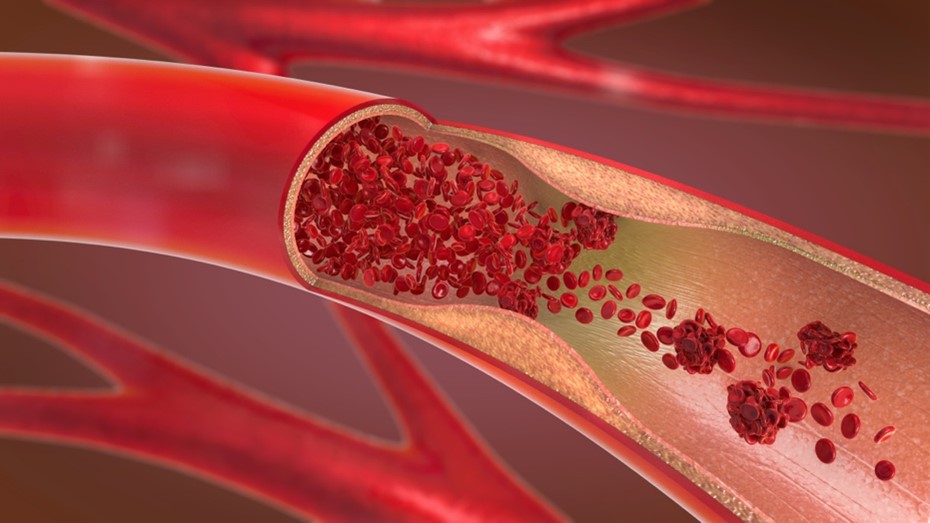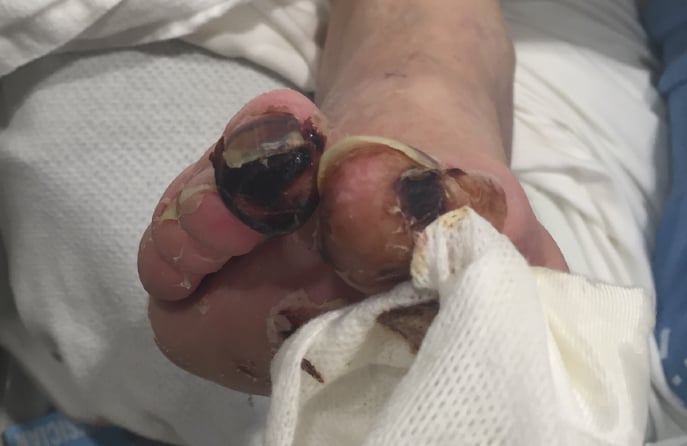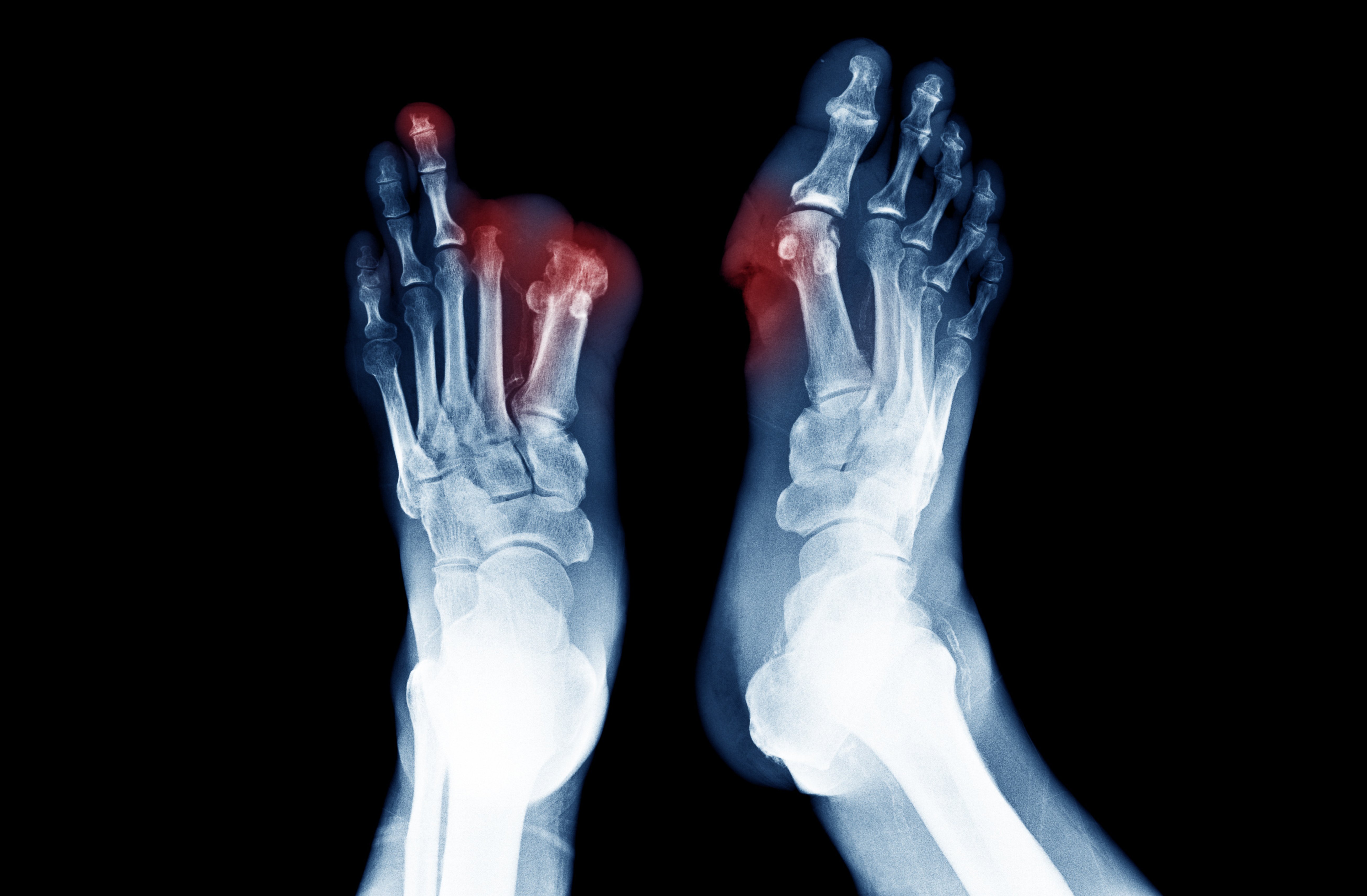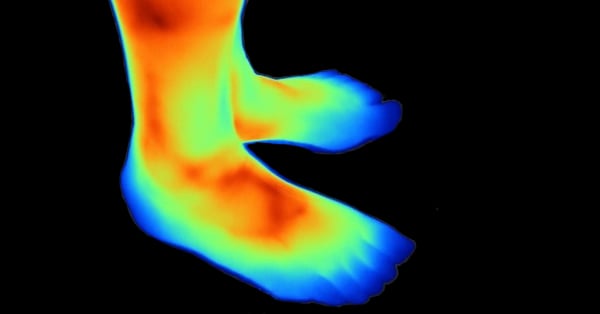Minimally invasive procedures that restore blood flow can not only prevent amputation in patients with Peripheral Artery Disease but also increase the odds of living longer compared to amputation.

According to a study published in Journal of the American Heart Association, a treatment approach known as revascularization can help restore circulation in patients with Peripheral Artery Disease (PAD) and save their limbs from amputation. Revascularization, a procedure that can restore blood flow in blocked arteries, was also found to be a more cost-effective option in comparison to the costs associated with amputation. The study reviewed the health care records, costs and outcomes of over seventy-two thousand patients with PAD. Patients not only had increased longevity associated with a revascularization, the average health care expense was $6,000 lower than patients undergoing amputation.1 The higher costs associated with amputation stems from extended hospitalization, habilitation, home care, and even re-hospitalizations. In contrast, the minimally invasive nature of revascularization reduces surgical costs and the need for future hospital visits.
What is Peripheral Artery Disease?
Peripheral artery disease results from the process of atherosclerosis, a build-up of plaque, in the arteries of the legs and feet. Patients with PAD have narrowed or blocked arteries in their lower limbs leading to reduced blood flow that can cause several painful symptoms. If left untreated, PAD can lead to severe consequences such as amputation or death.
Although PAD might develop with advanced age, other factors such as high blood pressure, smoking, diabetes, and genetics can make one more susceptible to the disease.
Individuals with PAD it its early stages may not experience any symptoms or suffer mild leg pain, which can lead to underdiagnosis of the disease. As a result of this underdiagnosis and failure to adequately screen patients, many people with PAD do not receive therapy or have delayed treatment.
Some symptoms that may indicate the presence of PAD include:
- Leg pain while walking or during activity that disappears after rest
- Painful cramping in the hip, thigh, or calf muscles at rest
- Change of color in feet and/or legs
- A weak pulse in the legs and/or feet
Patients experiencing any symptoms of PAD should see a doctor for an official diagnosis in order to prevent serious consequences such as limb amputation.
How Can Revascularization Help People with PAD?
Many patients are told by their physician that amputation is their only option due to lack of awareness of available treatment options such as revascularization or providers that offer these potentially limb and life-saving procedures. A forecast expert in PAD and limb salvage, comments:
“In my opinion, every patient that has been told they need an amputation should ask for a second opinion.”
- Dr. Jihad Mustapha
If you suspect you have peripheral artery disease, speak with your physician about all of the available treatment options and preventative measures, and discuss whether you are a candidate for a revascularization.
Recent advances in techniques and devices in revascularization may offer the best treatment option for those who have PAD. The most advanced technology on the market, called Lumivascular technology allows a doctor to see inside the patients’ artery in real-time during treatment using a minimally invasive approve. The physician can use the image-guidance system to safely remove as much plaque needed to return blood flow through the artery.
Lumivascular Procedure to Help Restore Blood Flow
Lumivascular plaque removal represents a significant technological advancement that incorporates an image-guidance system on the end of a minimally invasive device. This camera-like visualization allows a physician to see inside the patients’ artery in real time while removing built-up plaque.
Throughout the entire procedure, the physician can clearly see inside the obstructed artery and differentiate between healthy and diseased tissue. Using this information, not available with any other technology in real time, the physician can remove as much plaque as needed to improve blood flow to resolve symptoms. The circulation of your foot and leg will improve due to the restoration of a healthy blood flow through your artery due to this Lumivascular procedure.
If you are diagnosed with peripheral artery disease and want to improve the blood flow to your arteries in your lower limbs, ask your doctor about Lumivascular plaque removal. Click here to find a Lumivascular doctor nearest you.
Take Action:
- Learn more about Lumivascular atherectomy
- Find a Lumivascular doctor in your area
Helpful Resources
- Amputation Awareness Month Awareness Can Save Limbs in Patients with Diabetes and PAD
- 13 Fast Facts: Amputation & Peripheral Artery Disease
If you have found this article helpful, please don’t forget to share!
References:
- Jihad A. Mustapha, Barry T. Katzen, Richard F. Neville, Robert A. Lookstein, Thomas Zeller, Larry E. Miller, Michael R. Jaff. Determinants of Long‐Term Outcomes and Costs in the Management of Critical Limb Ischemia: A Population‐Based Cohort Study. JAHA, 2018 DOI: 1161/JAHA.118.009724







